Franklin International - Titebond III
The third-generation Titebond wood glue is the most water resistent in the product line.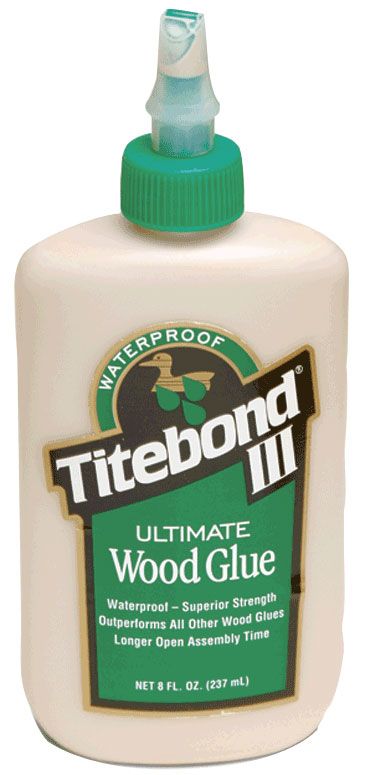
I’ve been a fan of Titebond’s original yellow wood glue for years, and I can’t recall any glueline failures that could be attributed solely to the adhesive. But a few years ago I was lured away from my trusty yellow glue by the company’s new Titebond II, advertised as having the benefits of Type II water-resistance. I wasn’t sure what that meant, nor why I thought I needed a water-resistant glue most of the furniture I build is meant to stay indoors.
Gluing with Titebond II proved problematic. My shop in Minnesota is 50°F to 60°F in winter, and the glue has a chalk point of 55°F. The chalk point is the temperature at which the glue dries to a flaky, nonadhesive powder rather than a translucent adhesive film. After enduring a few failed glue-ups, I abandoned Titebond II. I ended up switching back to Titebond’s original yellow glue, which I’ve been happy with ever since.
But now there’s Titebond III Ultimate Wood Glue. It has an even better, Type I water-resistance (which translates to “waterproof” on the label), coupled with a 47°F chalk point and a 10-minute assembly time. The water-resistance is still no big deal for me, but a glue that offers low-temperature application and an open time about twice as long as other yellow glues is worth trying out.
Before committing to a project, I tested Titebond III glue on 1/4-in.-thick maple cut into 2-in.-wide strips, and I was pleased with the results. I applied the glue at about a 5-mil thickness (wet) to the glue area of each strip, using a standard mil-gauge to measure it. Half of the test strips were clamped together after one minute the remaining strips were left open for 10 minutes and then clamped under pressure. The second group of samples was noticeably dry when clamped together after 10 minutes. I observed very little squeeze-out, but the bond held.
My experiments were less than scientific, yet they were enough to convince me that Titebond III is a very good woodworking glue. When wet, the glue goes on as a light beige color, and it dries to a darker, medium-brown tone that is compatible with most woods, resulting in an almost invisible glueline. What I like most about Titebond III glue is that I can use it in colder temperatures, and it gives me more time to assemble a project.
—Chris Minick is a chemist and consulting editor for Fine Woodworking.
Fine Woodworking Recommended Products

Estwing Dead-Blow Mallet
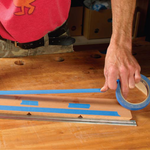
3M Blue Tape







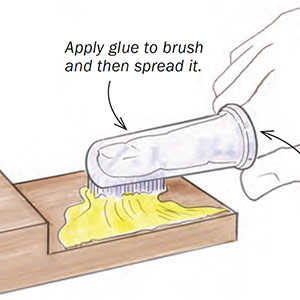



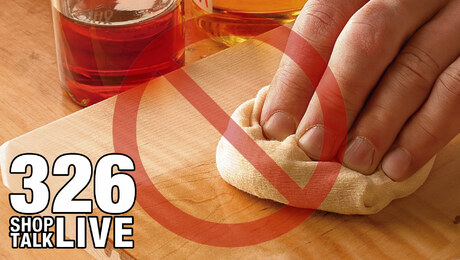
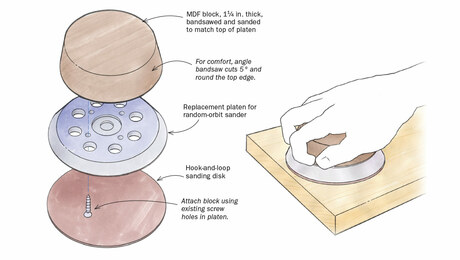
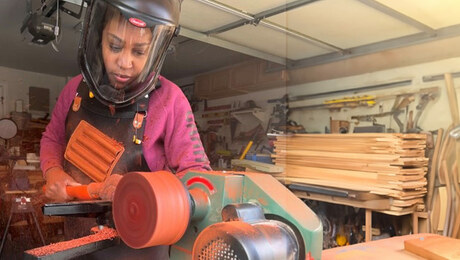
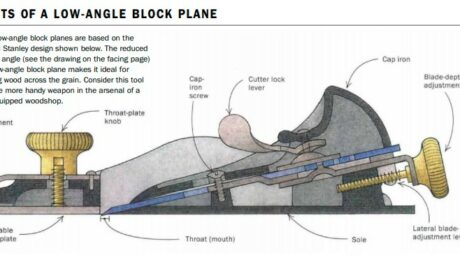








Log in or create an account to post a comment.
Sign up Log in